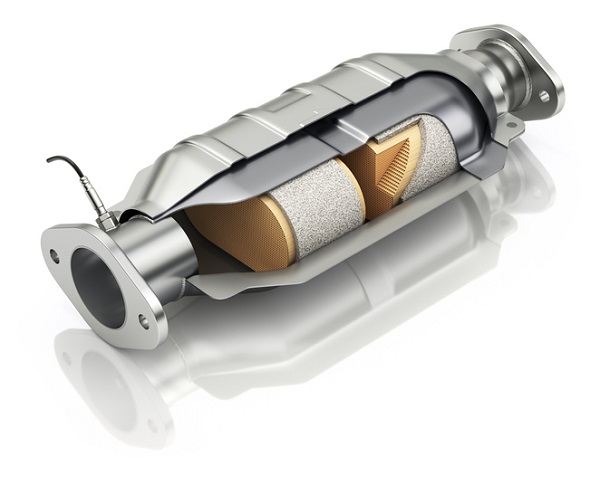
Problems with a vehicle’s exhaust system should never be ignored. If fumes are leaking from a damaged exhaust system, for example, they can damage other parts of the vehicle and even cause noxious gases to enter the passenger cabin. And the longer an exhaust problem is left unchecked, the more likely it is to lead to an even costlier repair bill in the future.
The exhaust system lies underneath the vehicle, which means it is regularly exposed to salt, dirt, debris, and grime. As a result, exhaust damage is relatively common and something you might come across quite often in your auto repair career. Here’s how you can spot and fix that damage.
1. Conduct a Visual Inspection to Determine What Repairs Are Needed
Not all exhaust system damage is the same. If the issue is just a small crack, hole, or bit of rust in the piping, for example, then usually a quick and economical patch-up job will suffice. If the damage is much more severe, however, you may need to replace an entire component. The only way to know is by getting underneath the car and taking a look.

Because the exhaust system can be quite hot, make sure you wear gloves and safety glasses when doing any inspection. Usually damage occurs on the underside of the exhaust system as this is the side facing the road. Underside damage is easy to spot, but if the damage is on the top side facing the rest of the vehicle, then you’ll need to use an inspection mirror. Remember to check the entire exhaust system as sometimes damage at one end of the system can lead to problems at an entirely different point.
2. Put Your Car Repair Training to Use Fixing Minor Exhaust System Damage
Depending on the extent of the damage and where it occurs, patching it up may be possible. For example, if there is a small crack in the exhaust pipe, cleaning the damaged area and then applying a mesh and exhaust repair paste, or simply using exhaust repair tape and aluminum, may be sufficient. Small holes in the muffler can also generally be patched using heavy-duty muffler tape.
During your career after car repair training you may find that some sections of the exhaust piping are more severely damaged or rusted. In such cases, it may be necessary to replace the damaged sections with new piping. To do this, you’ll need to cut out the damaged section of pipe. You can then replace the removed section with a piece of new pipe along with an exhaust adapter, which will fit the new section of pipe to the existing pipe.
3. Sometimes an Exhaust Repair Job Will Require Replacing Parts Entirely
Unfortunately, not all exhaust repair jobs you’ll encounter in your auto repair career are as simple as patching up a hole or replacing a section of pipe. Sometimes entire parts will have to be replaced. For example, if the catalytic converter, which converts dangerous carbon monoxide and hydrocarbons to safer carbon dioxide and water, is damaged, then that damage cannot be repaired. Instead, the entire catalytic converter will need to be replaced.

Similarly, whether or not damaged pipe can be patched up depends on where the damage is located. As exhaust fumes travel through pipes they cool down, so pipes that are closer to the engine tend to get much hotter than those towards the tail pipe. If the pipe is damaged before the catalytic converter, then it may get too hot to repair with exhaust paste or a similar patch-up job and will likely have to be replaced entirely.
Do you want to pursue a new career?
Contact Automotive Training Centres to learn about our auto body repair courses.

